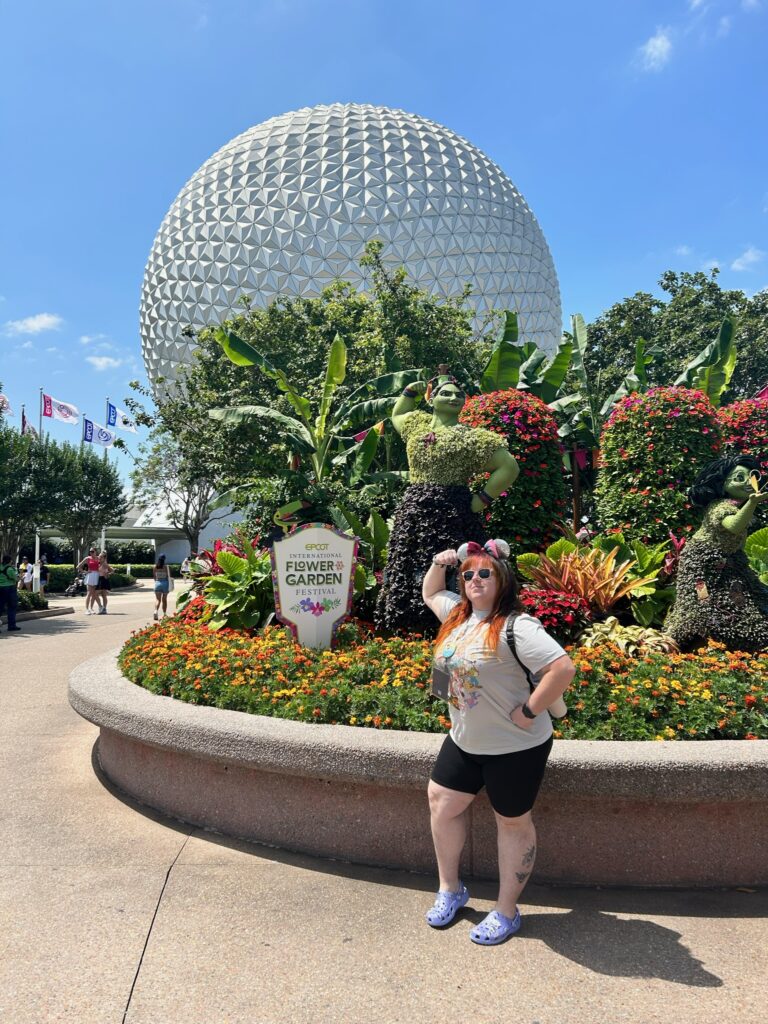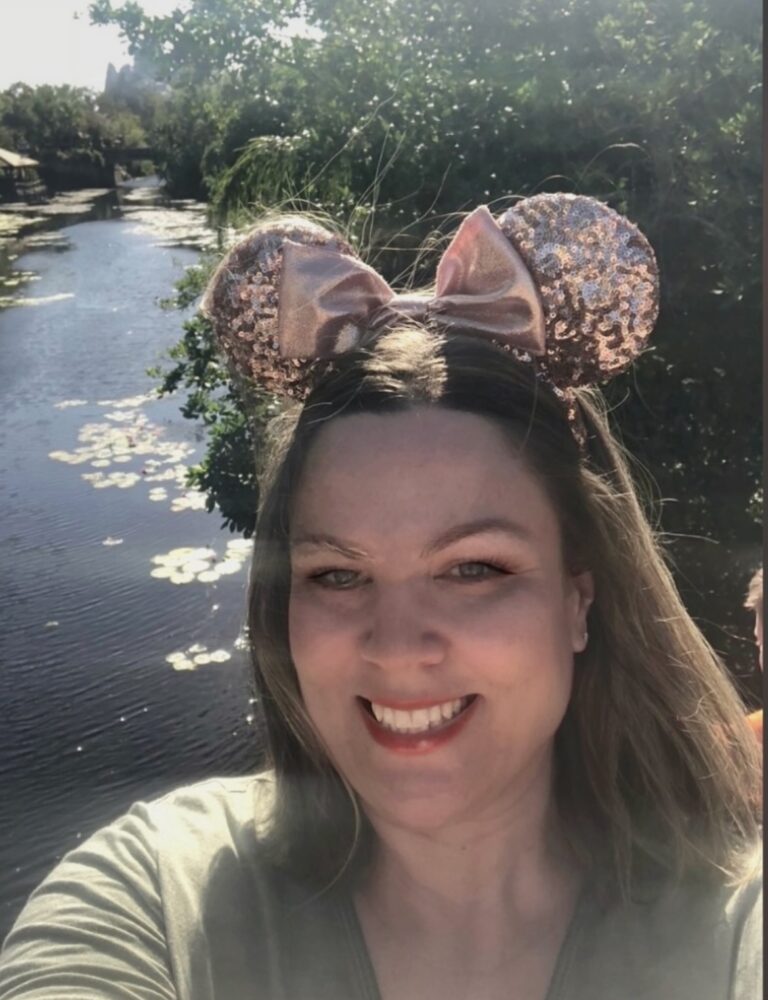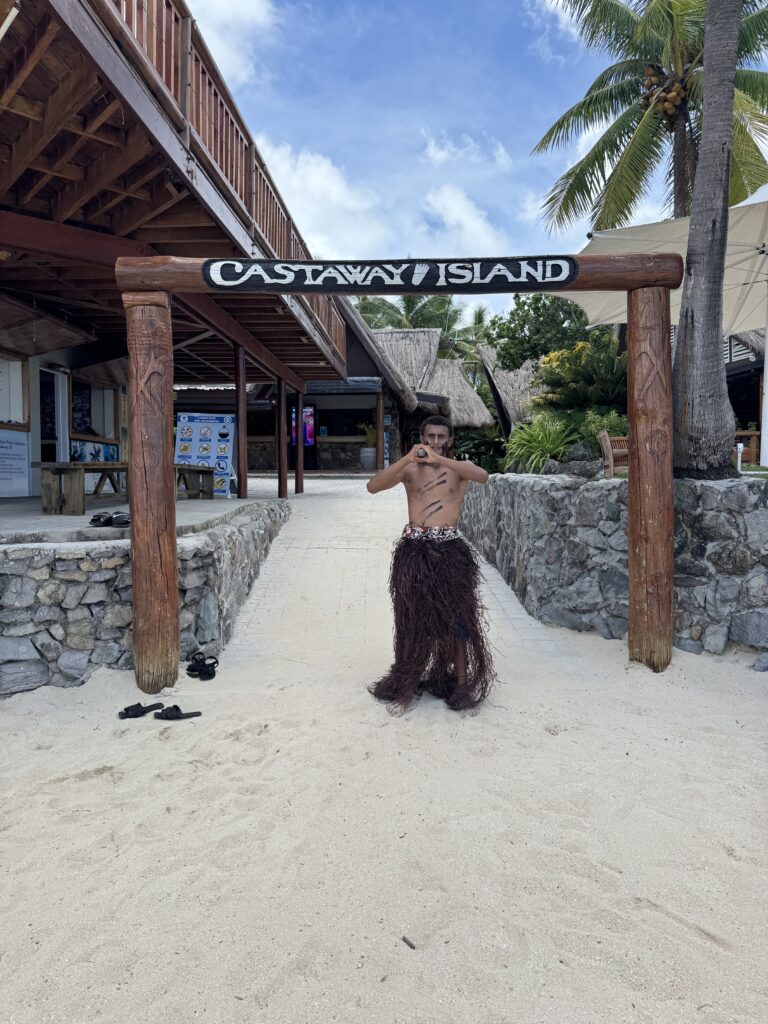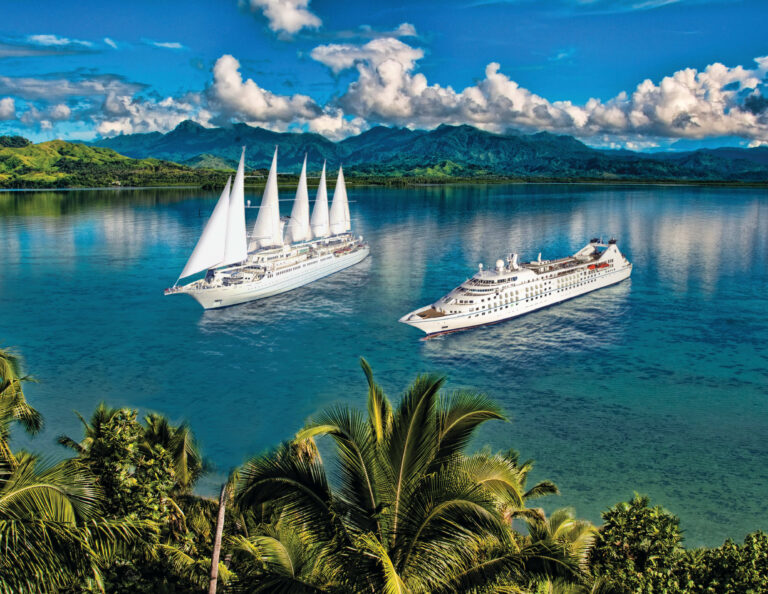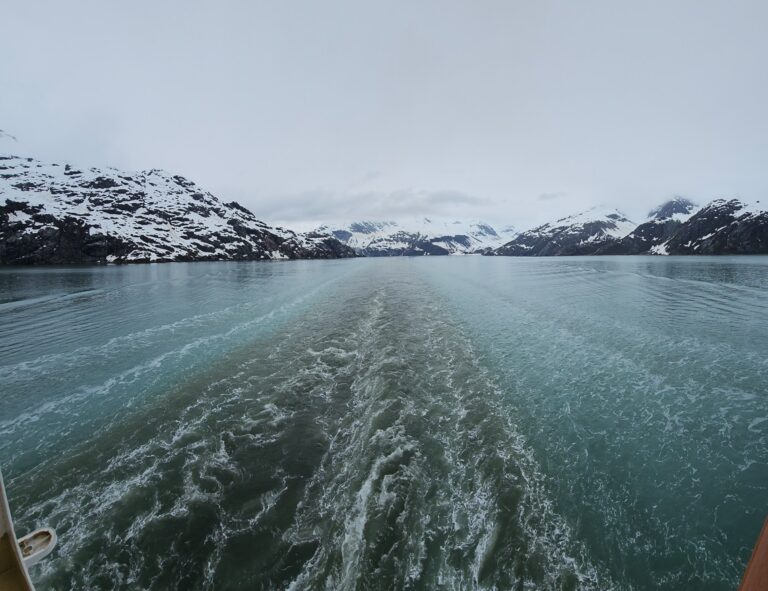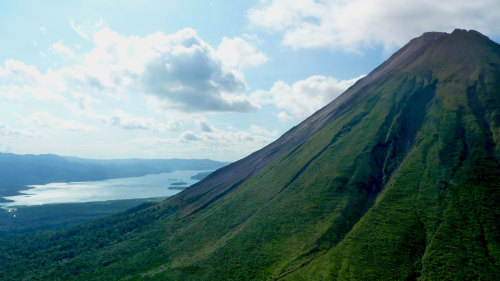Overview
Introduction
The evocatively named Whale Coast in South Africa lives up to its title from July to November, when large numbers of southern right whales seek out the sheltered bays along the South African southern coast for breeding.
Whales can be seen from False Bay at Cape Town all the way east to Mossel Bay on the Garden Route, but by far the best place for whale spotting is Hermanus. The cliff tops in the town are popular with binocular-clutching visitors to see the whales breeching and blowing in the ocean below. There's a Whale Festival in September that is popular with day-trippers from Cape Town, and sandy beaches and vineyards provide further distractions.
Overview
Introduction
If you have the time, the money and a true love of the rain forest, the journey into Manu National Park (located 100 mi/160 km northeast of Cusco) is a must—in our opinion, it's the most worthwhile jungle adventure in all of South America. It covers an area of more than 6,600 sq mi/10,620 sq km, making it one of the largest protected areas in Peru. According to UNESCO, "the biological diversity found in Manu National Park exceeds that of any other place on Earth."
More than 800 species of birds and 200 species of mammals exist within the park's mountains, valleys, lowland jungles and upland cloud forests. These include iconic creatures such as the giant river otter, giant armadillo, jaguars, pumas and, in the more mountainous areas, the Peruvian spectacled bear (of Paddington Bear fame). Human inhabitants are primarily indigenous tribal communities such as the Mascho-Piro, Yaminahua, Amahuaca and the larger Machiguenga group, all of which are nomadic. There are no large settlements within the park.
The park is divided into three zones: the Park Zone (scientists only), the Reserve Zone (tourist activities permitted, but permits and guides required) and the Cultural Zone along the park's southern border, which is open to everyone and offers accommodations. Tours can be booked through adventure-travel companies in Lima and Cusco; most tours last seven to ten days.
Tour operators leave from Cusco, traveling overland for a day through Paucartambo, Pilcopata, and Atalaya, after which the tour group typically takes a motorboat down the Alto Madre de Dios River (about seven hours) before heading down the Manu River and into the park. Alternatively, you can book a tour that involves a 40-minute flight by small aircraft from Cusco to Diamante (near Boca Manu and the main river entrance to the park), saving a significant amount of time and effort. A third and less popular option exists from Puerto Maldonado, involving a combination of cars and boats to Boca Manu, then another boat down the Manu River to the park. Note: Yellow fever is present in the park.
Overview
Introduction
The Manu'a Islands (Ta'u, Olosega and Ofu) are much less developed than the main island of Tutuila. Ta'u is the ancient headquarters of the Samoans and the place where Margaret Mead did much of her research in the 1920s. Olosega and Ofu, two islands connected by a causeway, offer spellbinding scenery and fabulous beaches.
American Samoa National Park encompasses a good part of the Manu'a Islands (including Mount Lata, the highest peak in American Samoa). Facilities in the park are being developed slowly, especially on Ta'u: The landscape is broken by craters, cliffs and sharp gullies—it's unlikely to be made fully accessible anytime soon. There is one good hike along the uninhabited east coast.
The park unit on Ofu encompasses the beach and coral reef stretching east from the island's airstrip and main guesthouse. The diving and snorkeling there are particularly good, although there are no dive shops on the island. Hikers can go up 1,620-ft/495-m Mount Tumu.
Be aware that all three islands offer only basic accommodations and facilities, and unreliable air and shipping services make it impractical to visit. Ofu is 70 mi/110 km east of Pago Pago; Olosega is 75 mi/115 km east of Pago Pago; and Ta'u is 80 mi/130 km east of Pago Pago.
Overview
Introduction
One of the most popular parks in Costa Rica, located 30 mi/48 km south of San Jose, Manuel Antonio National Park has become the focus of the debate that concerns Costa Rica as a whole. It was intended to preserve nature, but its popularity threatens the environment that visitors go to see.
Responding to some of the ill effects of mass visitation (including pollution from hotels and automobiles and deleterious interactions between humans and wildlife), the government has taken steps to limit the number of visitors to Manuel Antonio: Camping is no longer allowed, the park is closed on Monday, and only 600-800 visitors are allowed in daily, depending on the day of the week.
After wading through an estuary at the entrance to the park—anywhere from ankle deep to waist deep, depending on the tides—you can choose from exceptional white-sand beaches. (For a small fee, a boat will paddle you across.) Playa Espadilla Sur—also called Second Beach—is especially good for snorkeling and swimming.
A network of trails runs through the forest, allowing you to observe an abundance of wildlife: birds, white-faced capuchin monkeys, coatis, sloths, and colorful crabs and lizards. There are a number of activities that you can enjoy in the area surrounding the park, including rafting, surfing, sea kayaking, horseback riding and sportfishing (especially for sailfish mid-December to late April).
One excursion to consider is the canopy-safari trip, which includes breakfast, a Jeep ride into the forest and ziplining and rappelling through the forest. You can go in the morning and spend time on the beach when you return.
If you're planning to stay several days in the Manuel Antonio area, try to get a room at one of the hotels that line the road between the park and the town of Quepos. They're more expensive than those in town, and you must book well in advance, but they're worth it: Many are discreetly built into the jungle and take you close to the wildlife—we saw a sloth ever so slowly cross the road in front of our hotel.
Quepos, a fishing town with a marina, several sportfishing operators and a base for local activities, boasts a large number of restaurants and modest accommodations, plus shops and art galleries where you can catch up on your souvenir shopping.
For more information, visit http://www.manuelantoniopark.com.















